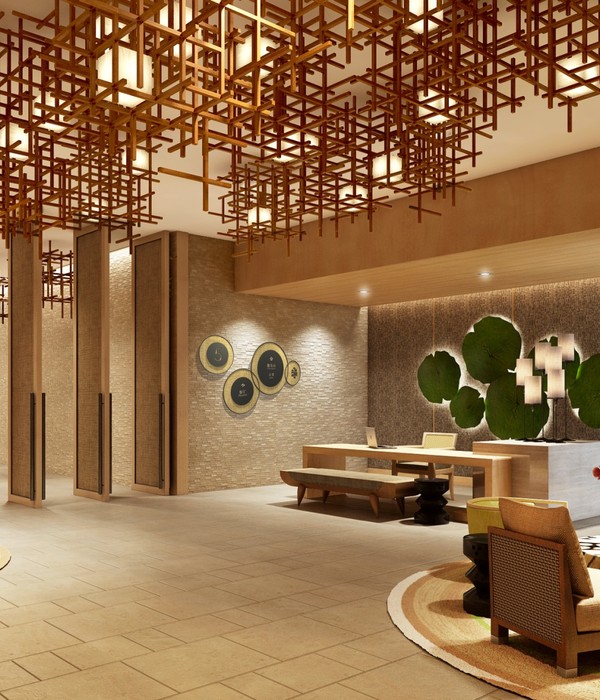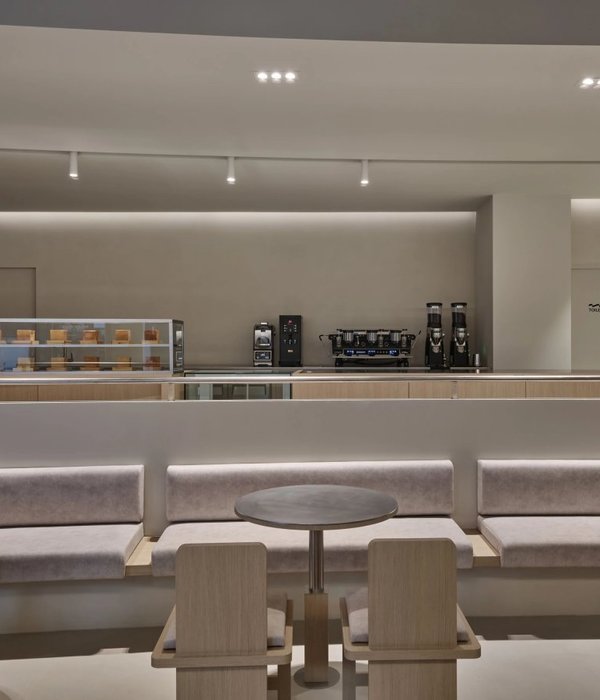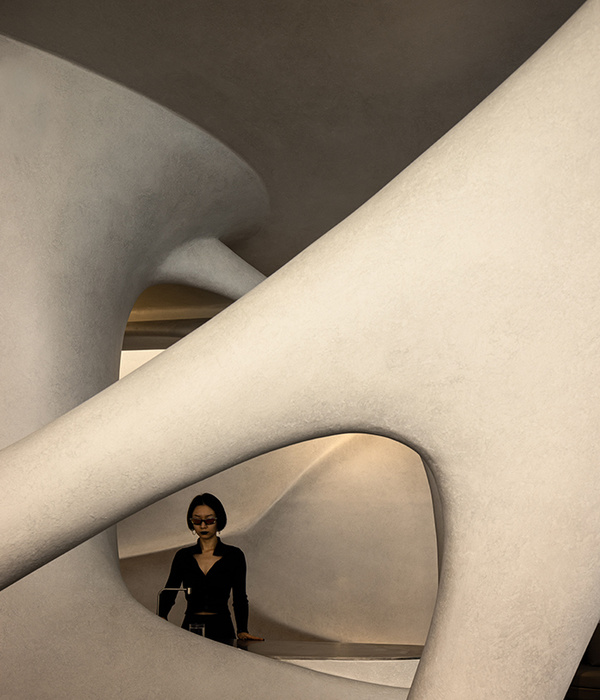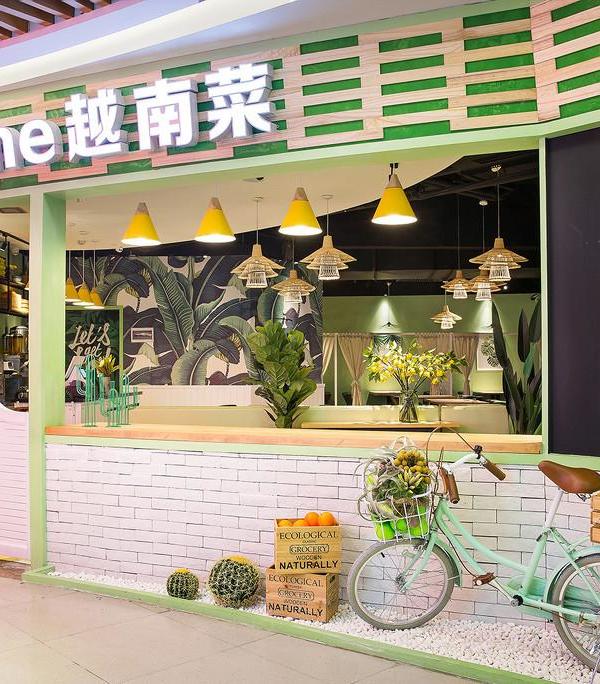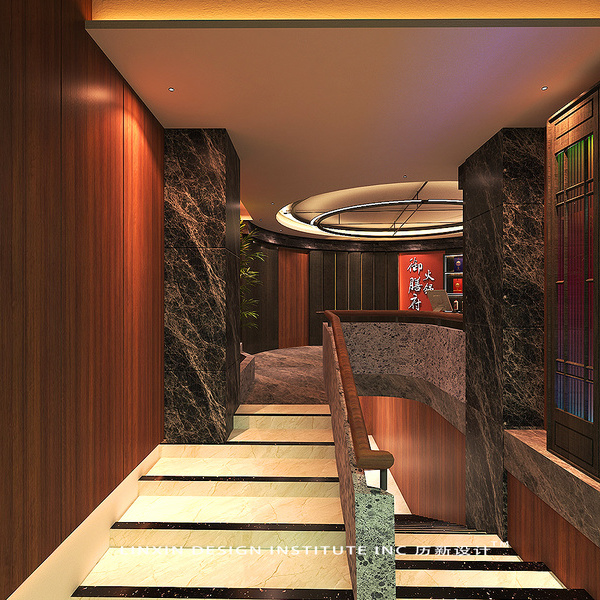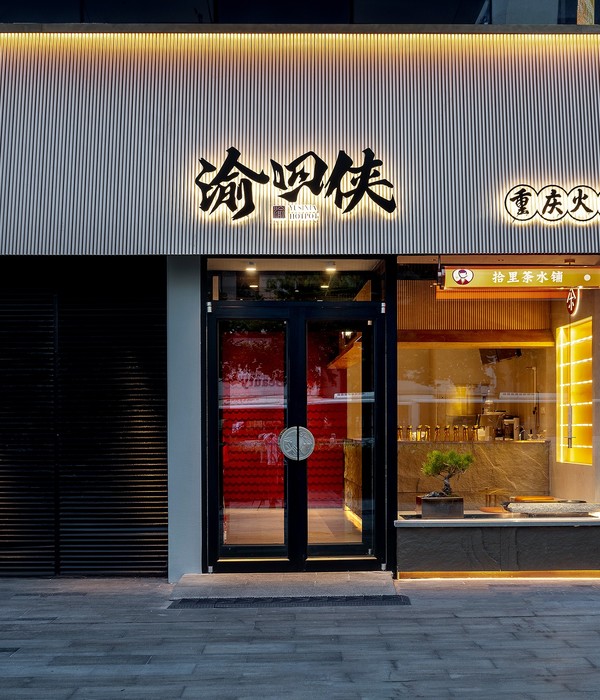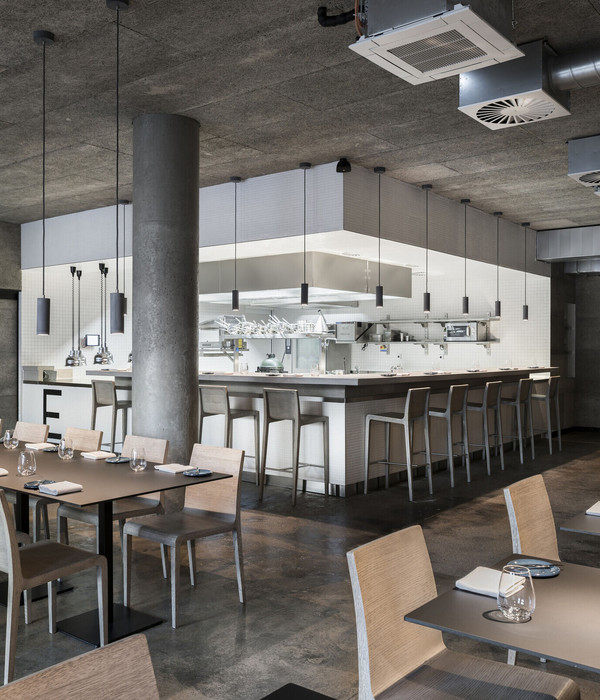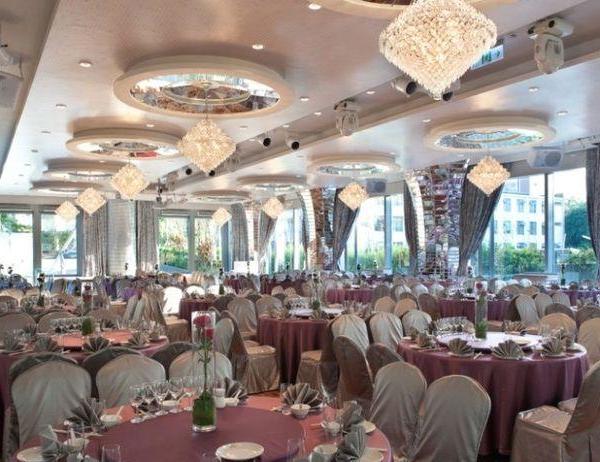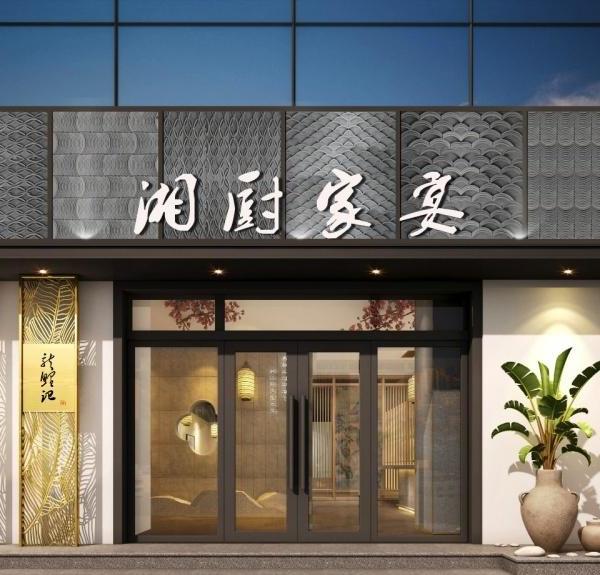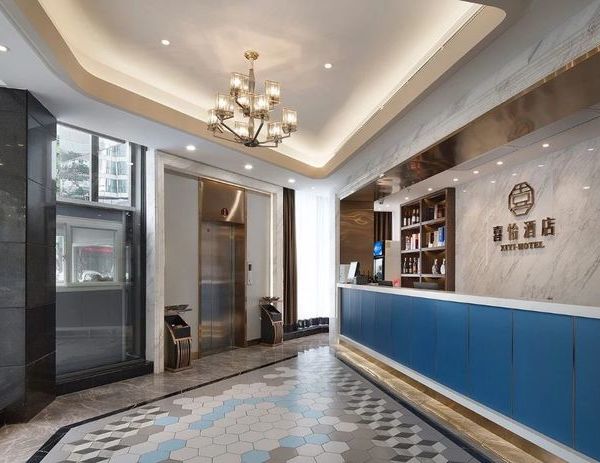科威特白色阶梯式咖啡厅,融入伊斯兰文化元素
% ARABICA Kuwait Abu Al Hasaniya咖啡厅坐落于科威特的东海岸,是京都东山咖啡店的新分店,其室内空间经过了精心的设计。
Interior design for Arabica Coffee located in the eastern coast of Kuwait, a new branch for the original coffee shop from Higashiyama, Kyoto.
▼从室外看咖啡厅全景,overall view of the cafe

这个190平方米的咖啡厅的室内空间可以同时容纳30名顾客,此外,还设有44个室外座位。为了在室内外空间之间建立视觉联系,部分座椅平台延伸到另一侧的窗户处。同时,为了方便使用轮椅和婴儿车的顾客,店员会在咖啡厅的入口处协助点单和送单。
The 190 sqm space can seat up to 30 customers at once and 44 additional seats are available on the outdoor terrace. In order to visually connect between the shop’s interior and exterior, a part of the seating bench was extended to the other side of the window. For customers using wheelchairs and strollers, store staffs assist and deliver the orders to the entrance.
▼咖啡厅室外局部,完全采用玻璃立面,partial exterior view of the cafe with the entirely glass facade
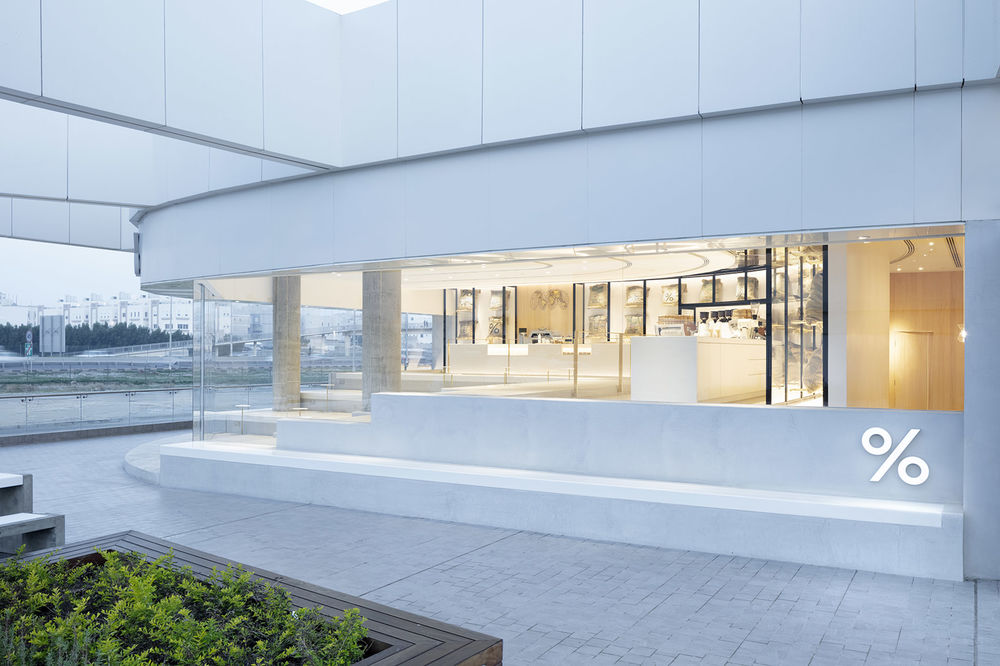
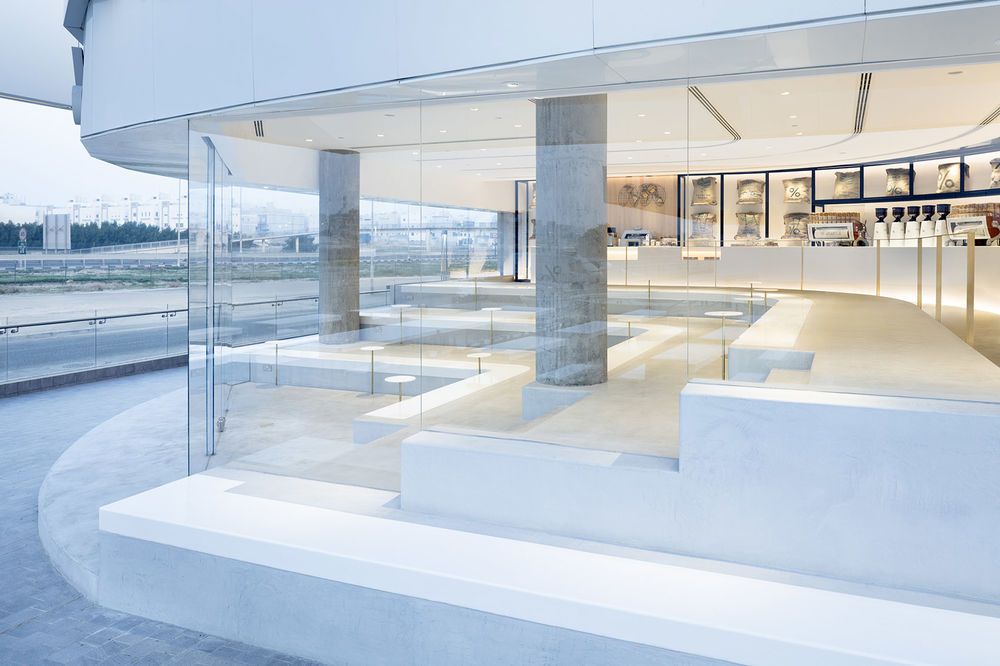
▼咖啡厅室外局部,设有室外座位,partial exterior view of the cafe with the outdoor seating terrace
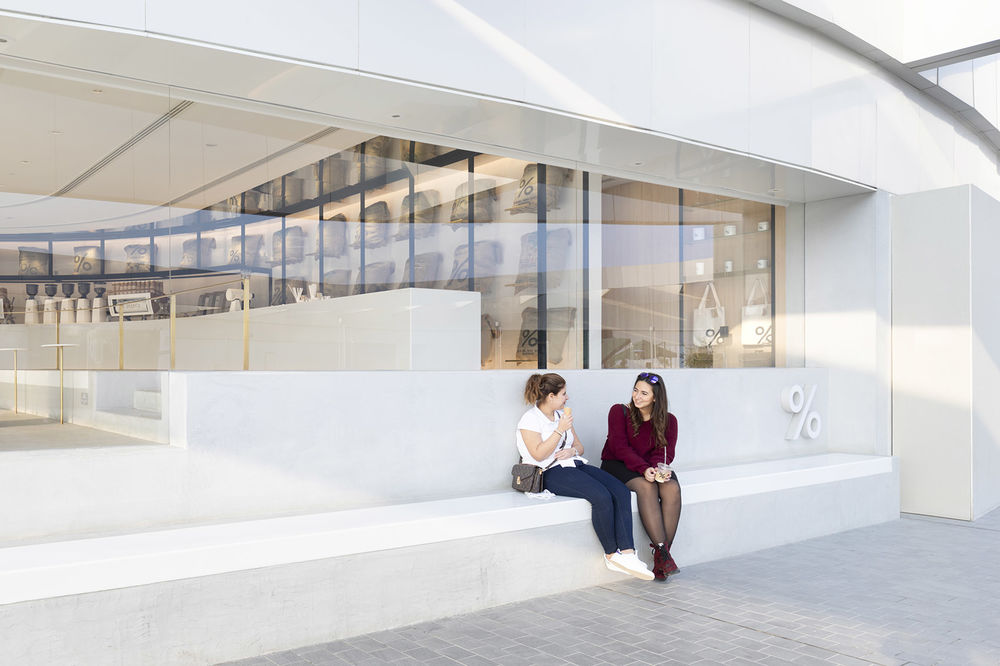
▼咖啡厅室外局部,室外也采用白色的色调,partial exterior view with the white tone
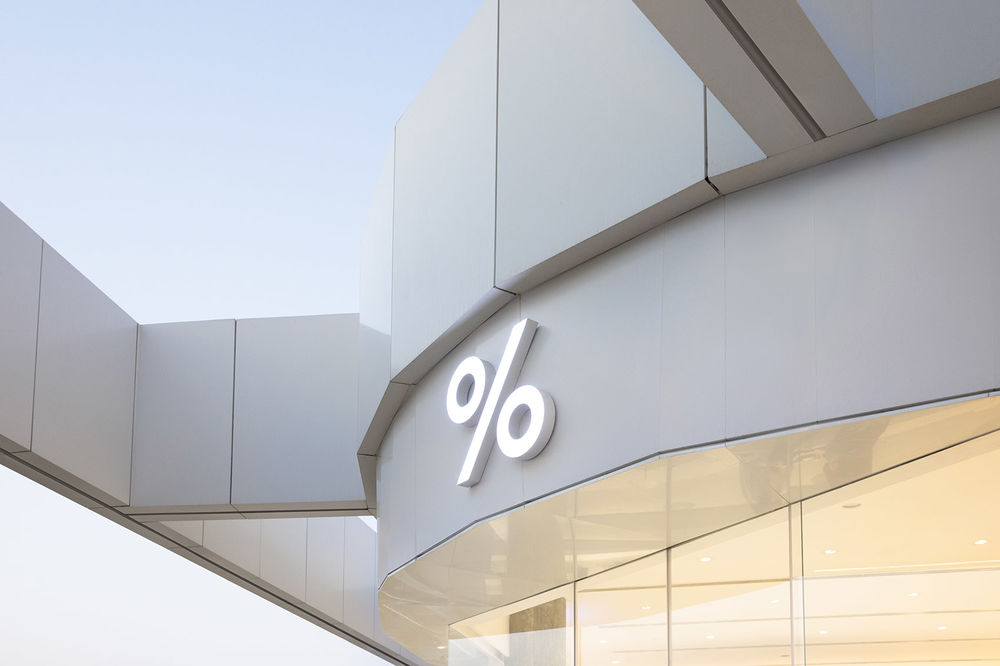
咖啡厅的室内空间以清爽的白色作为基础色调,同时配以黄铜和混凝土等材料突出空间元素,从而呼应阿拉比卡(Arabica)品牌的设计主题,同时象征其高端产品的优秀品质。白色的咖啡机融入空间的白色背景中,从而突出了柜台后装着咖啡豆的亚麻布袋和咖啡机正后方的墙壁上挂着的“咖啡豆产地地图”。
With crisp white as the base colour of the space, the interior elements are accentuated with materials such as brass and concrete to fit the design theme of the Arabica brand and to symbolize the qualities of their high-end products. White coffee machines almost disappear to the background in order to highlight the coffee beans presented in linen bags behind a glass case and the “beans map” element hanged next to it.
▼室内空间,以清爽的白色作为基础色调,overall interior view with crisp white as the base colour of the space

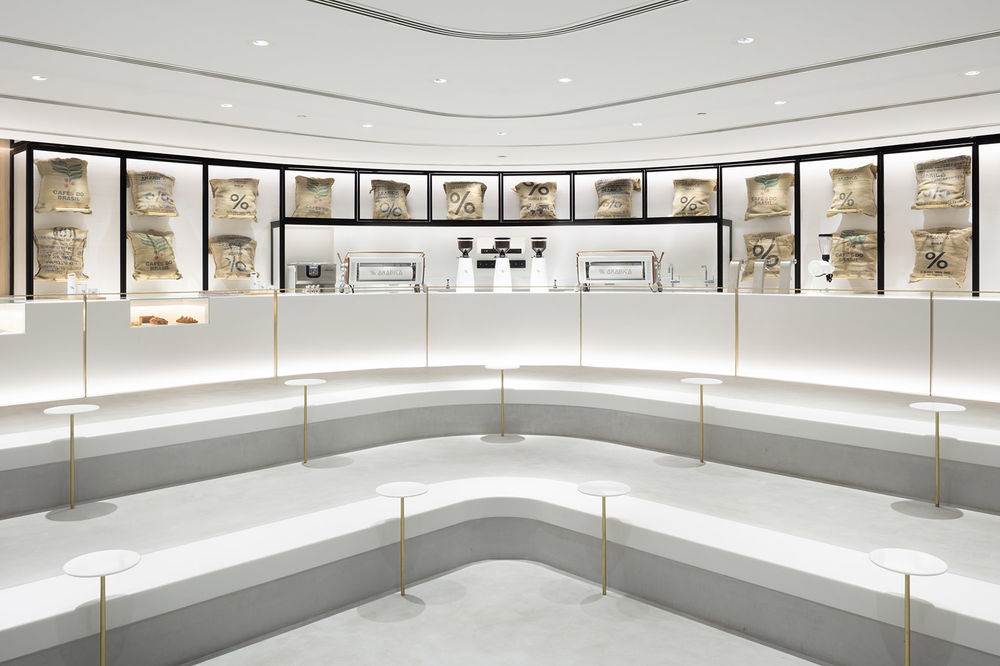
▼室内吧台空间,吧台后装着咖啡豆的亚麻布袋非常醒目,同时突出了白色色调,interior bar, the linen bags with coffee beans behind a glass case are striking and highlight the white space
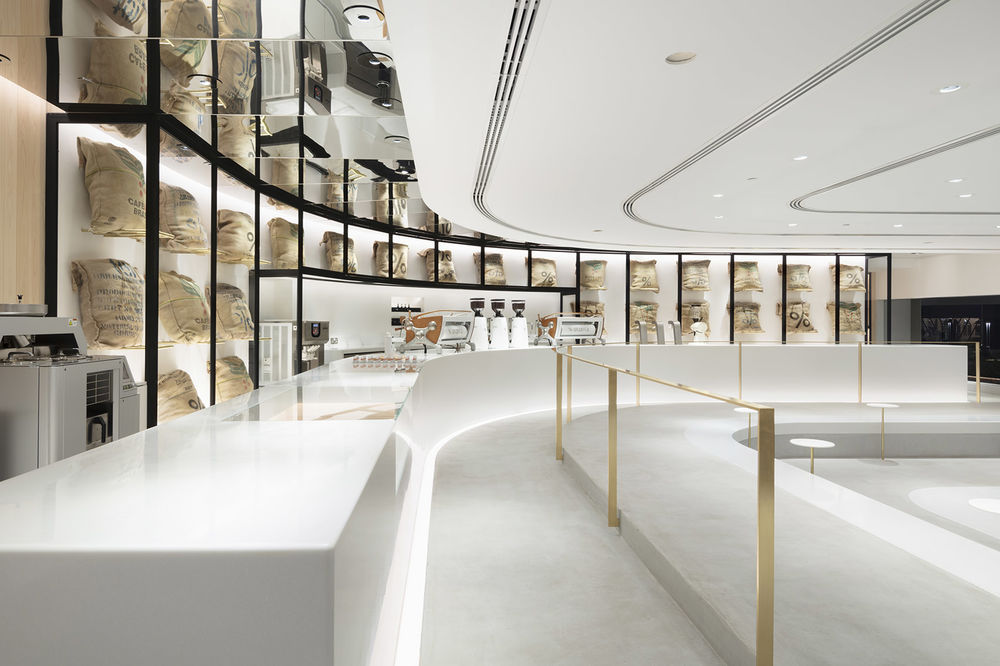
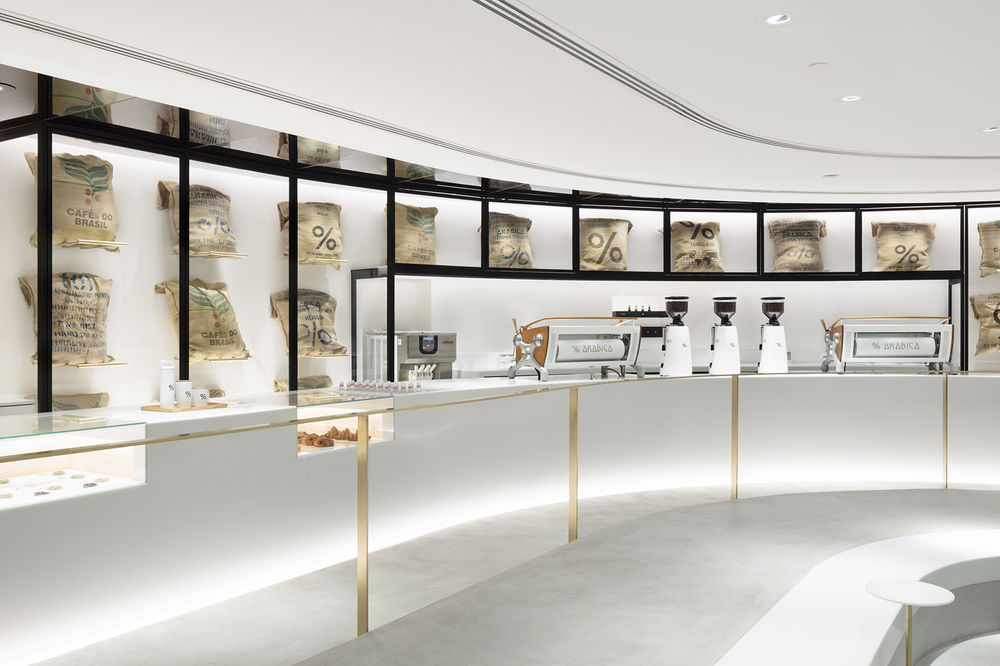
▼室内吧台空间,白色咖啡机融入背景,interior bar, the white coffee machines almost disappear to the background

▼室内吧台空间,墙上挂有咖啡豆产地地图,the interior bar with the “beans map” element
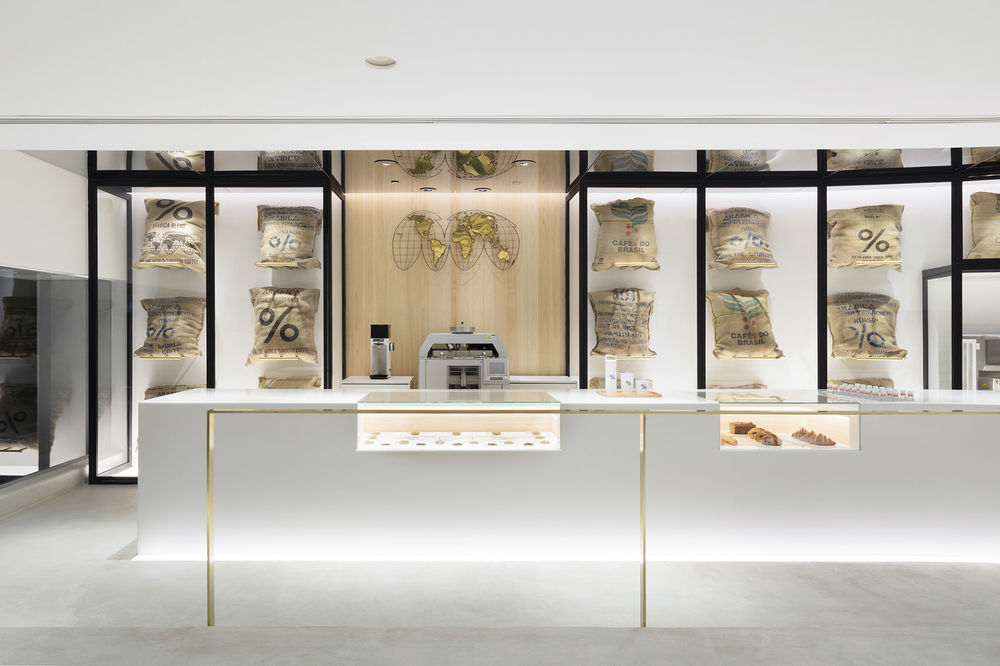
▼吧台空间细节,details of the bar
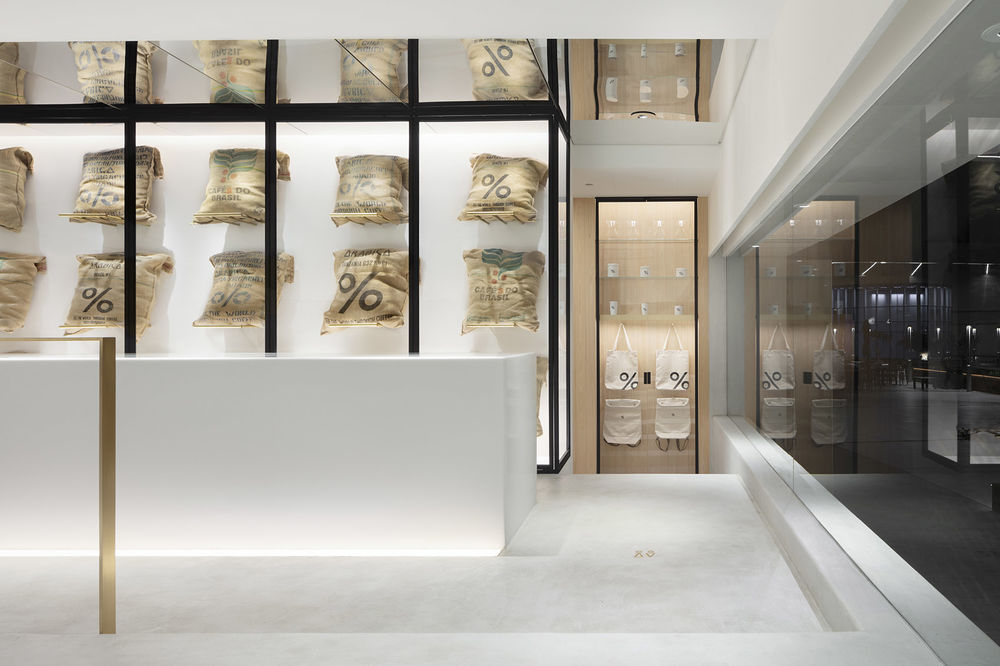
考虑到室内空间4米的层高、位于街角的地理位置和大片宽敞的玻璃围墙,空间内部被设计成一系列阶梯式的平台,这些平台从入口附近座椅区的地面开始逐渐升高,共分为三层。这种空间结构能够确保室内任何一个位置上的顾客都能够有一个清晰的视线,同时,对于室外的行人来说,室内空间的结构也一目了然。
▼阶梯式室内空间的设计概念,design concept of the stair-like interior structure
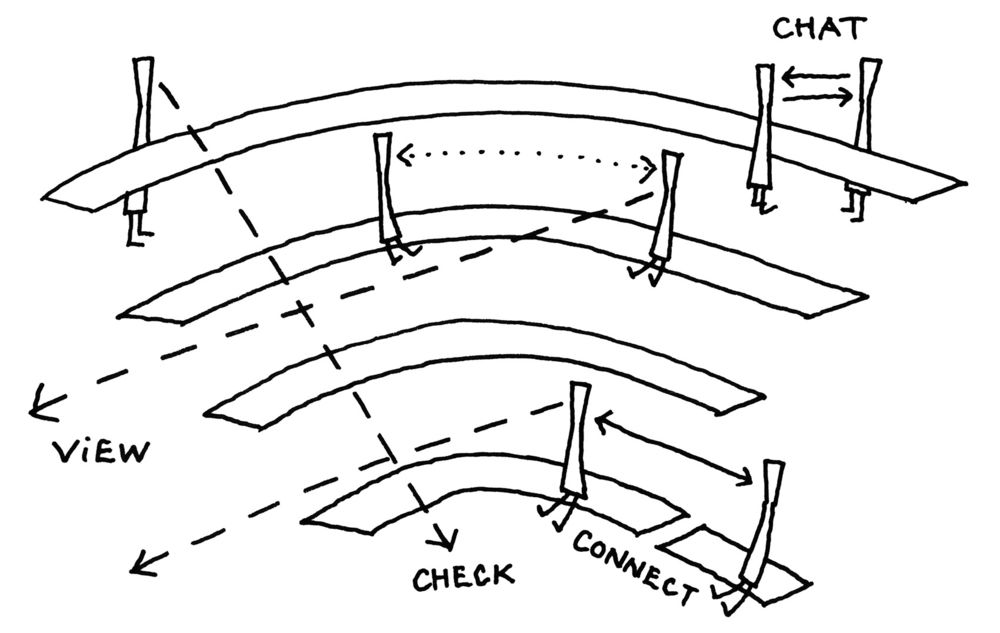
Taking into consideration the 4-meter ceiling height and the location of the property on a corner with a wide window opening, the space was designed as a layered platform gradually rising from the seating area near the entrance to the counter at the top. This structure allows for a clear line of sight from any seat in the shop as well as a full view from the exterior to the occurring inside.
▼室内阶梯式座椅区全景,overall view of the stair-like seating benches
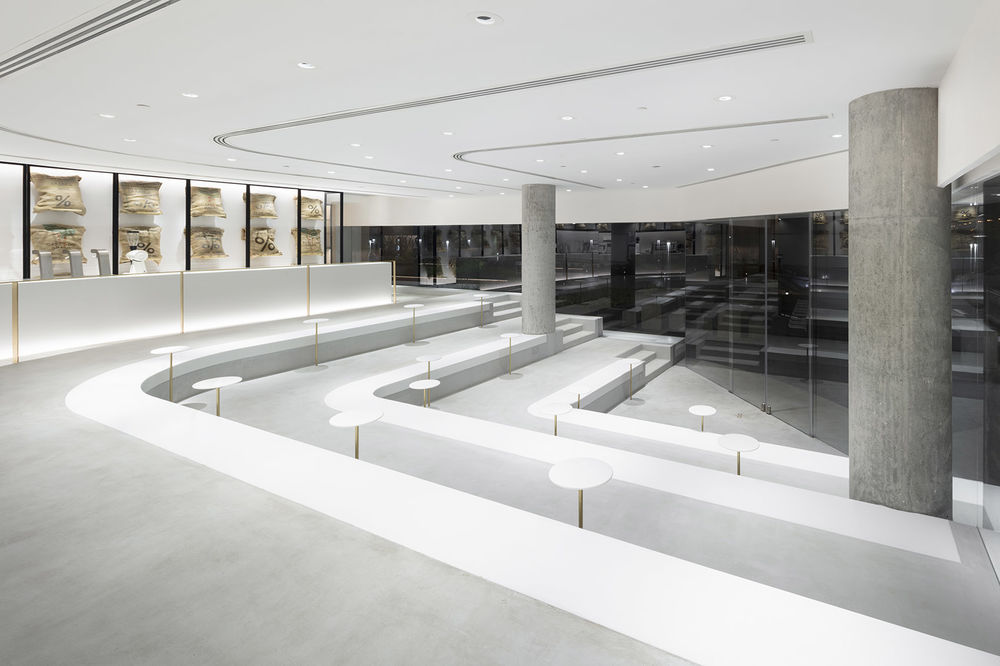
▼室内阶梯式座椅区,确保了多种清晰的室内视线联系,the stair-like seating benches that guarantee the multiple clear lines of sight
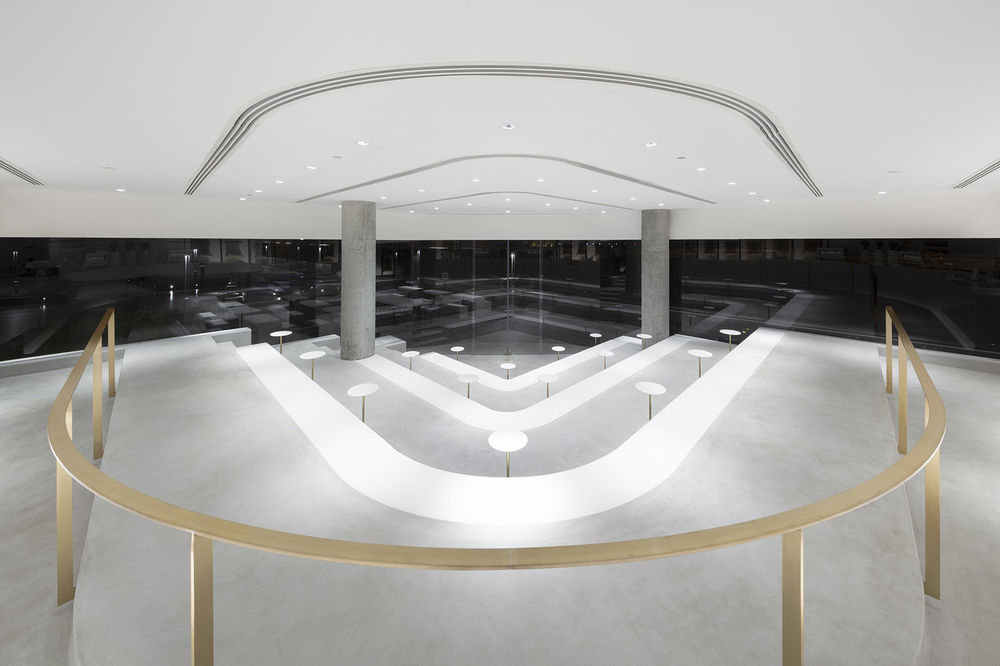
通过这种空间设置,点单和取单的等候空间便可以与座椅空间分隔开来,等待取咖啡的人也不会影响到已经就坐的人,同时,柜台的工作人员也可以清晰明了地看到整个空间的情况。此外,尽管开放的视野是本设计的一个重要元素,但为了尊重伊斯兰的习俗——即女性不可在非亲属关系的异性面前裸露除面部、手脚以外的身体部分,三层平台都采用曲线的造型,以减少陌生人之间不必要的视线接触。
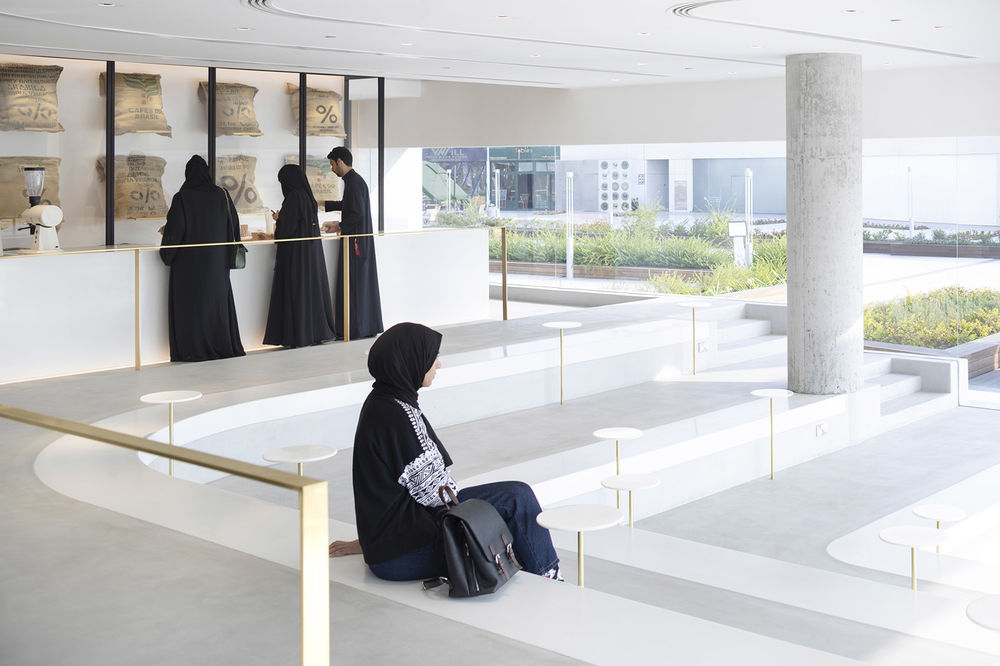
▼阶梯式座椅区局部细节,配以黄铜元素,details of the stair-like seating benches with the brass material element
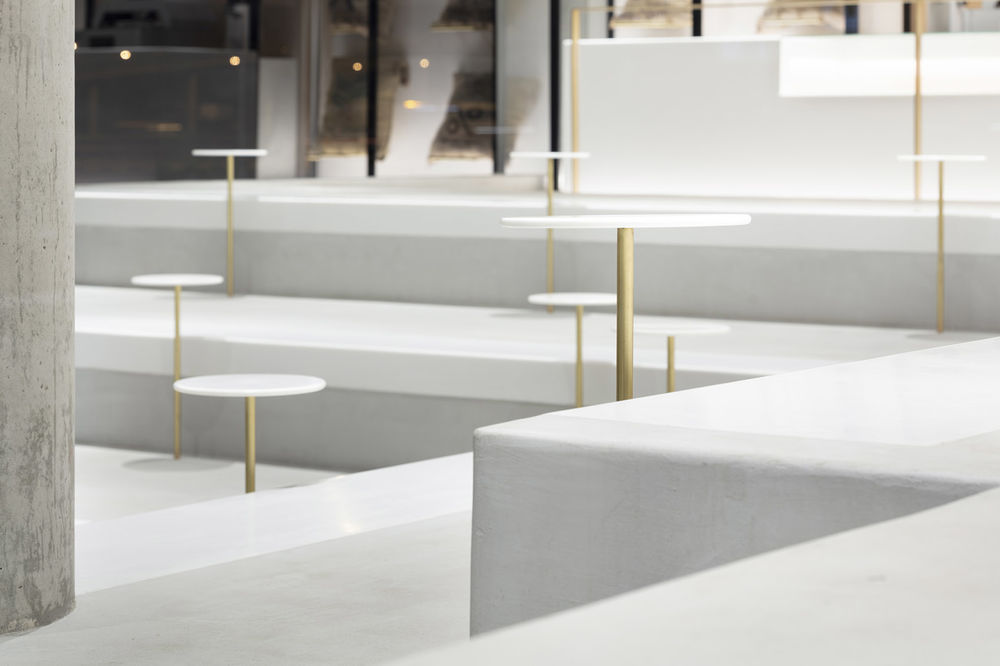
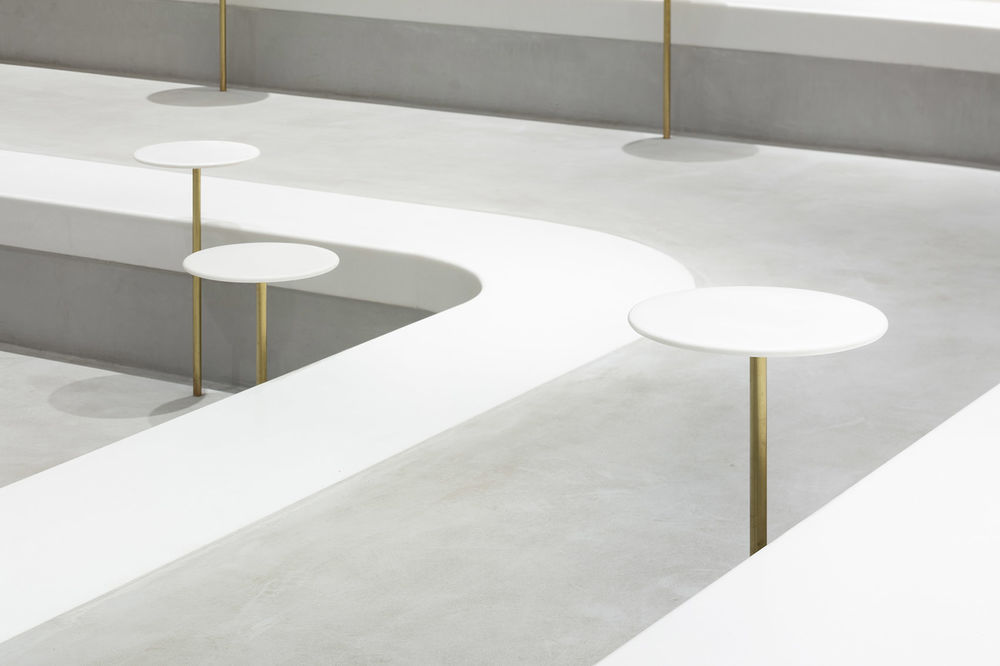
▼阶梯式座椅区局部细节,平台边的楼梯将顾客引至吧台,details of the stair-like seating benches, the stairs beside the benches lead customers to the bar
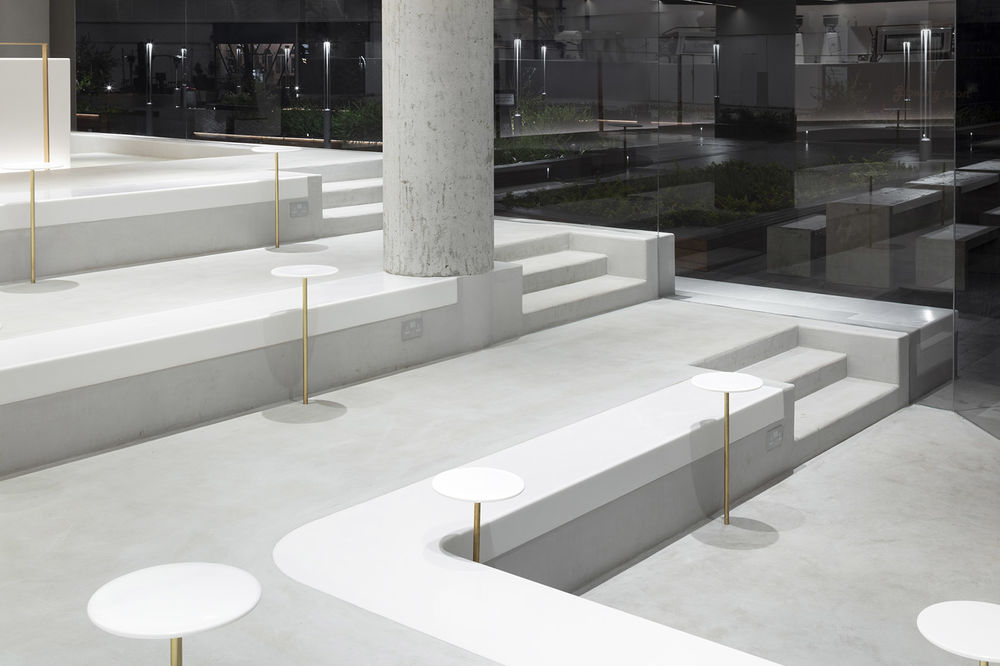
本室内设计将咖啡厅分为了四个垂直的层次,为顾客和员工提供了多种视线连接。这种阶梯式的结构最大限度地提高了空间的可视性,同时鼓励顾客之间的互动,为人们提供了一个可以喝着每日咖啡、悠闲度过闲暇时光的场所。
The division of the store into four vertical layers allows for multiple lines of sight for both the customers and staff. This stair-like structure maximizes visibility and encourages interactions between the customers, thus making it a pleasant and comfortable place to enjoy a daily cup of coffee.
▼咖啡厅夜景,night view
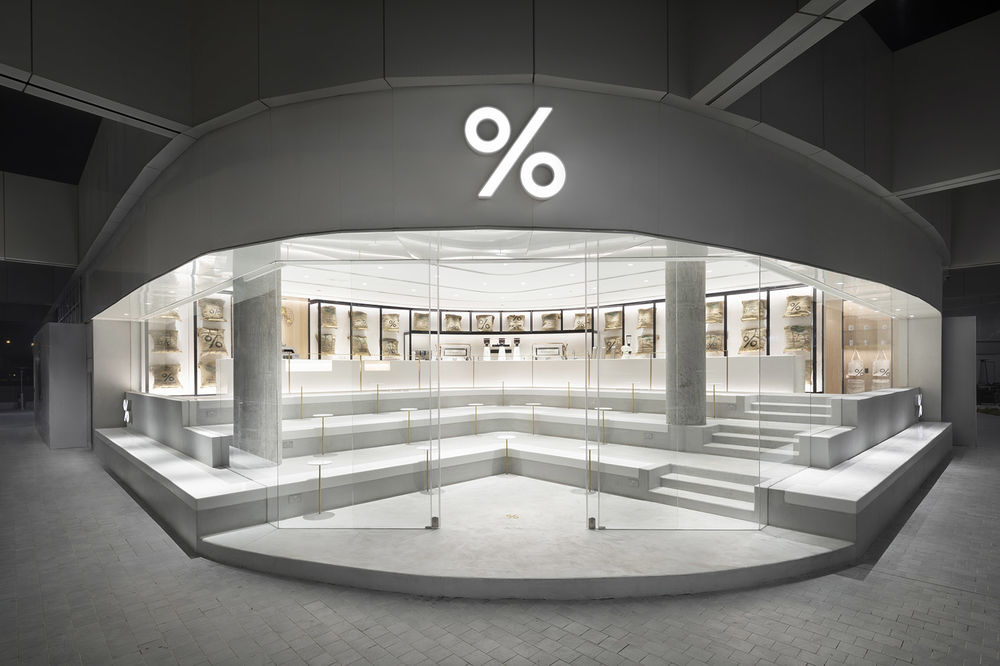
▼夜景,从室外看阶梯式的白色室内空间,the night view, the stair-like white interior space looking from the outside
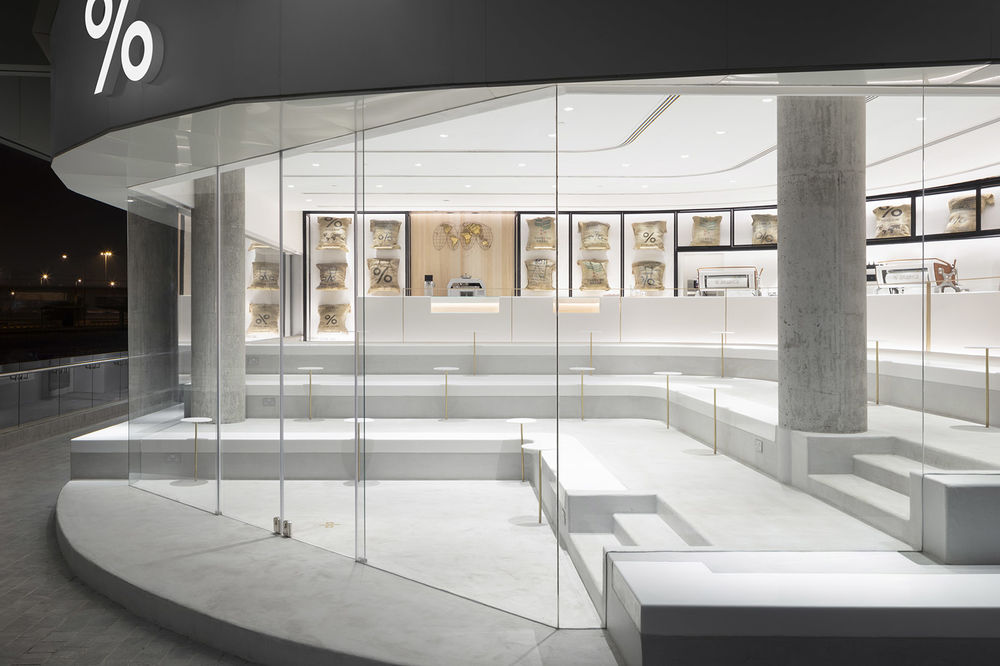
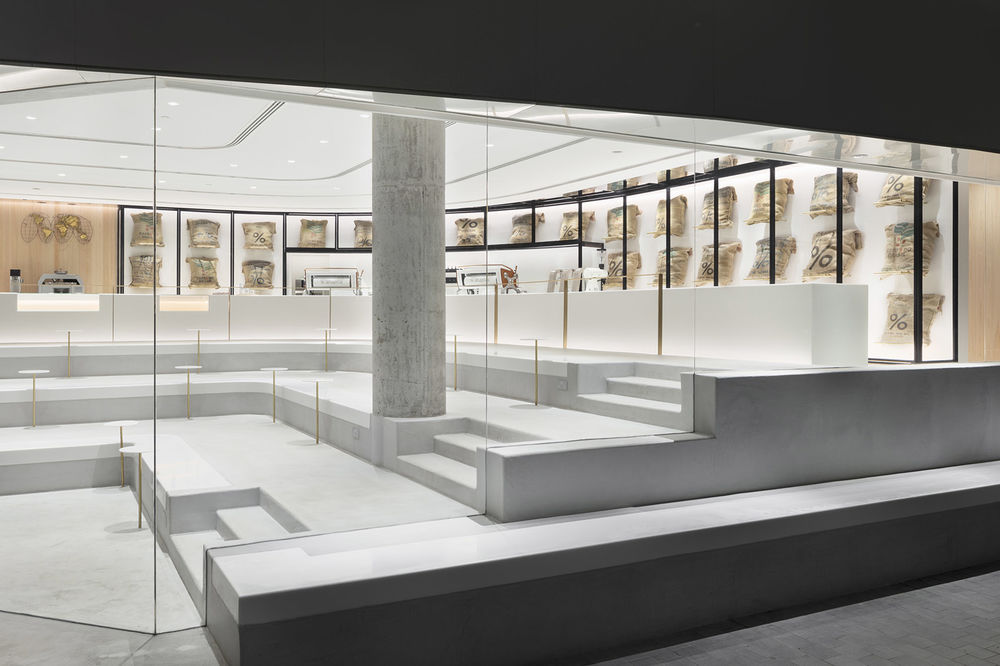
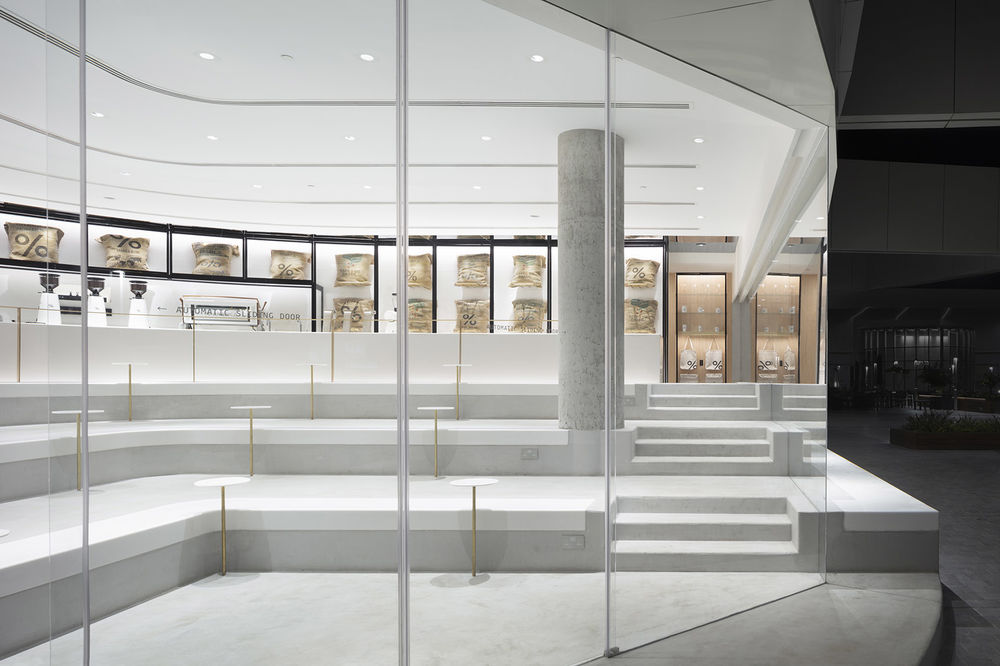
Collaborator : onndo Photographer : Takumi Ota


